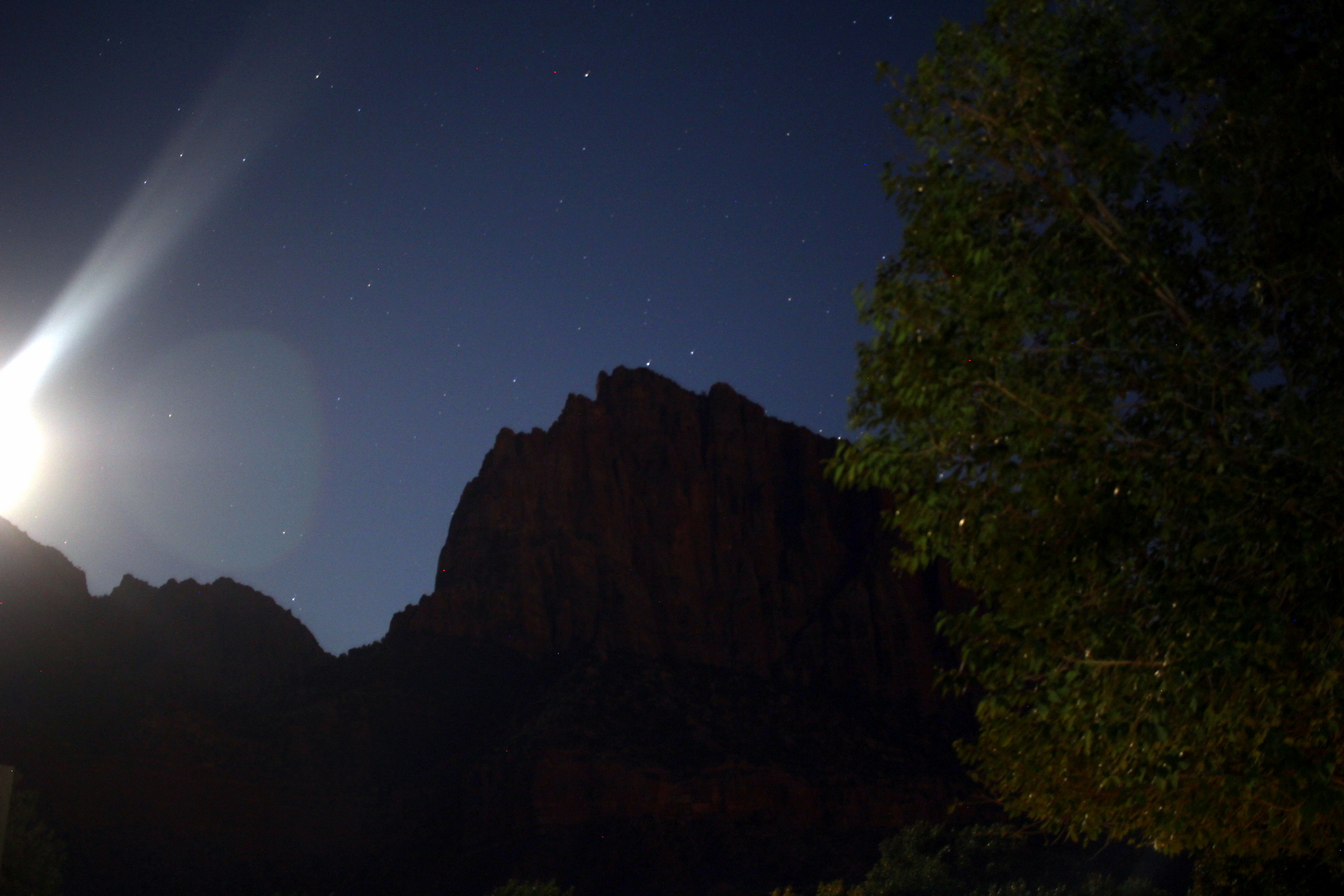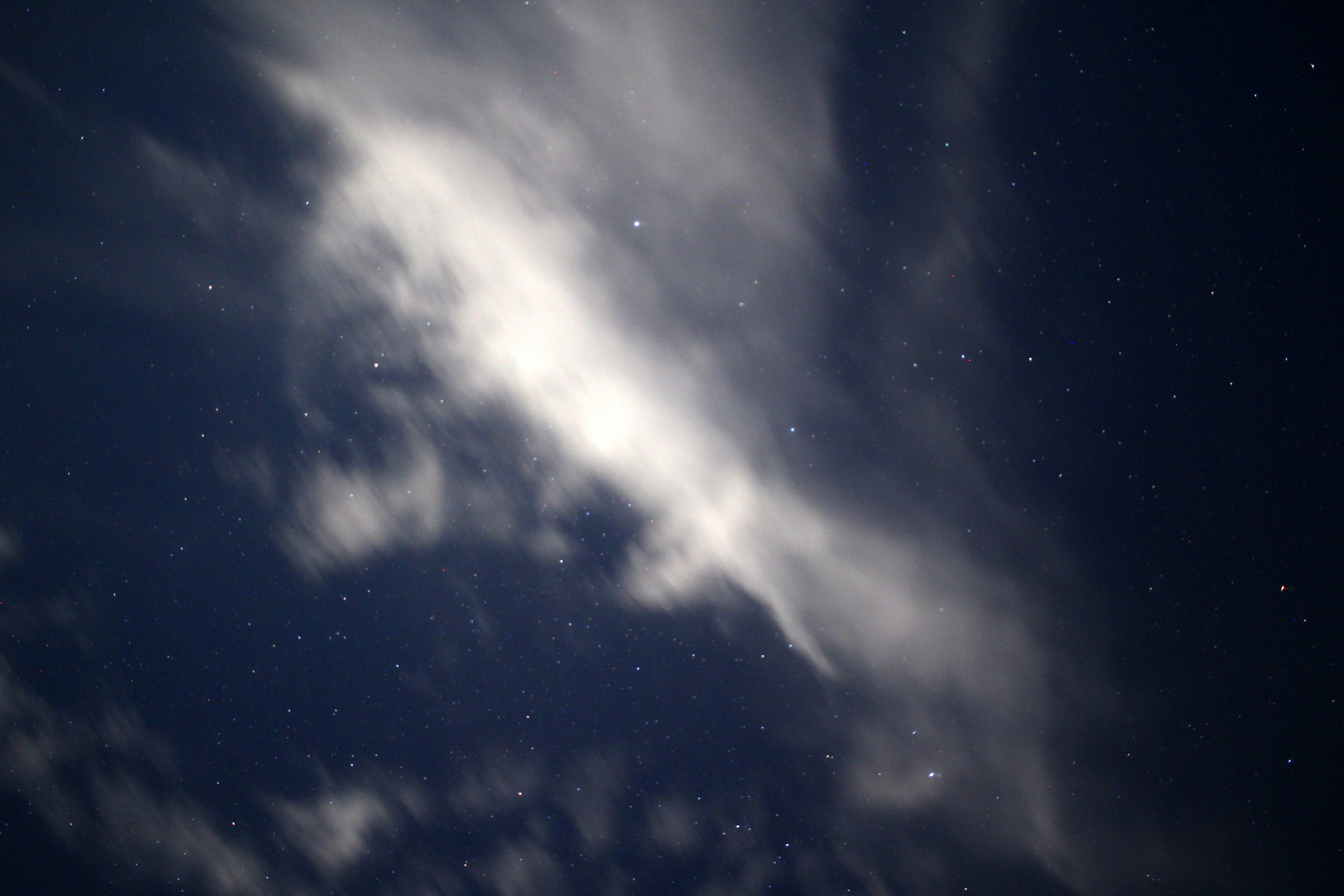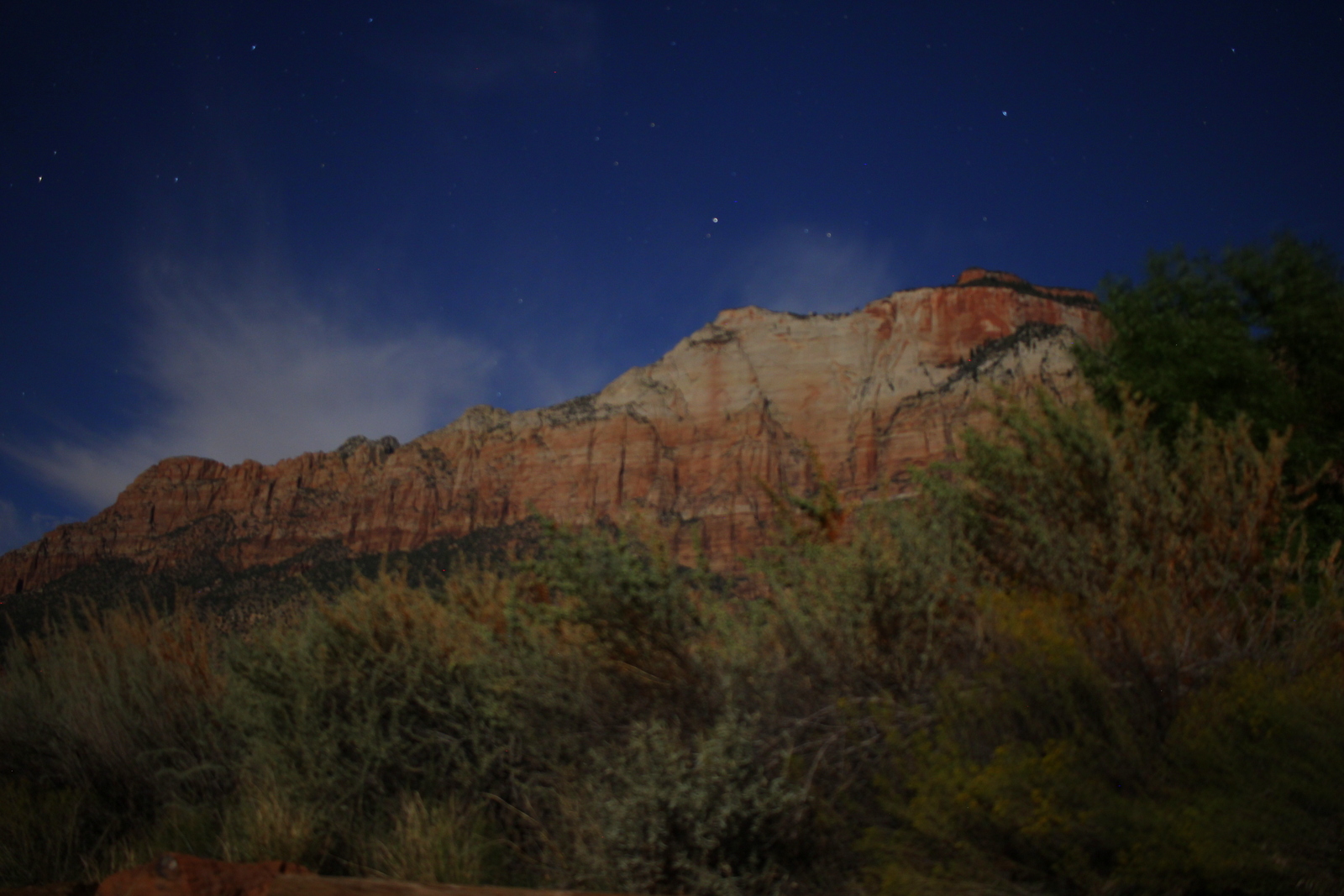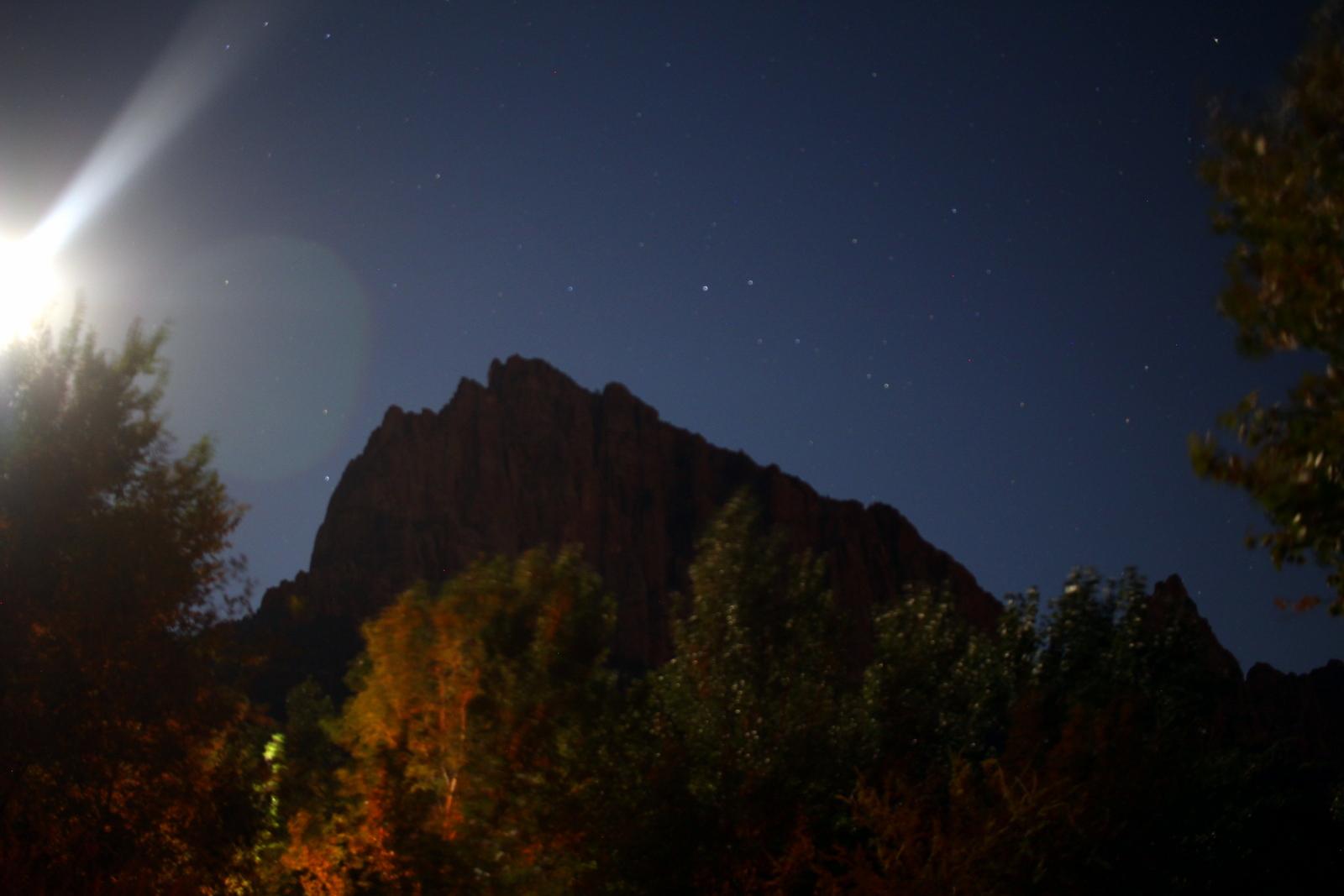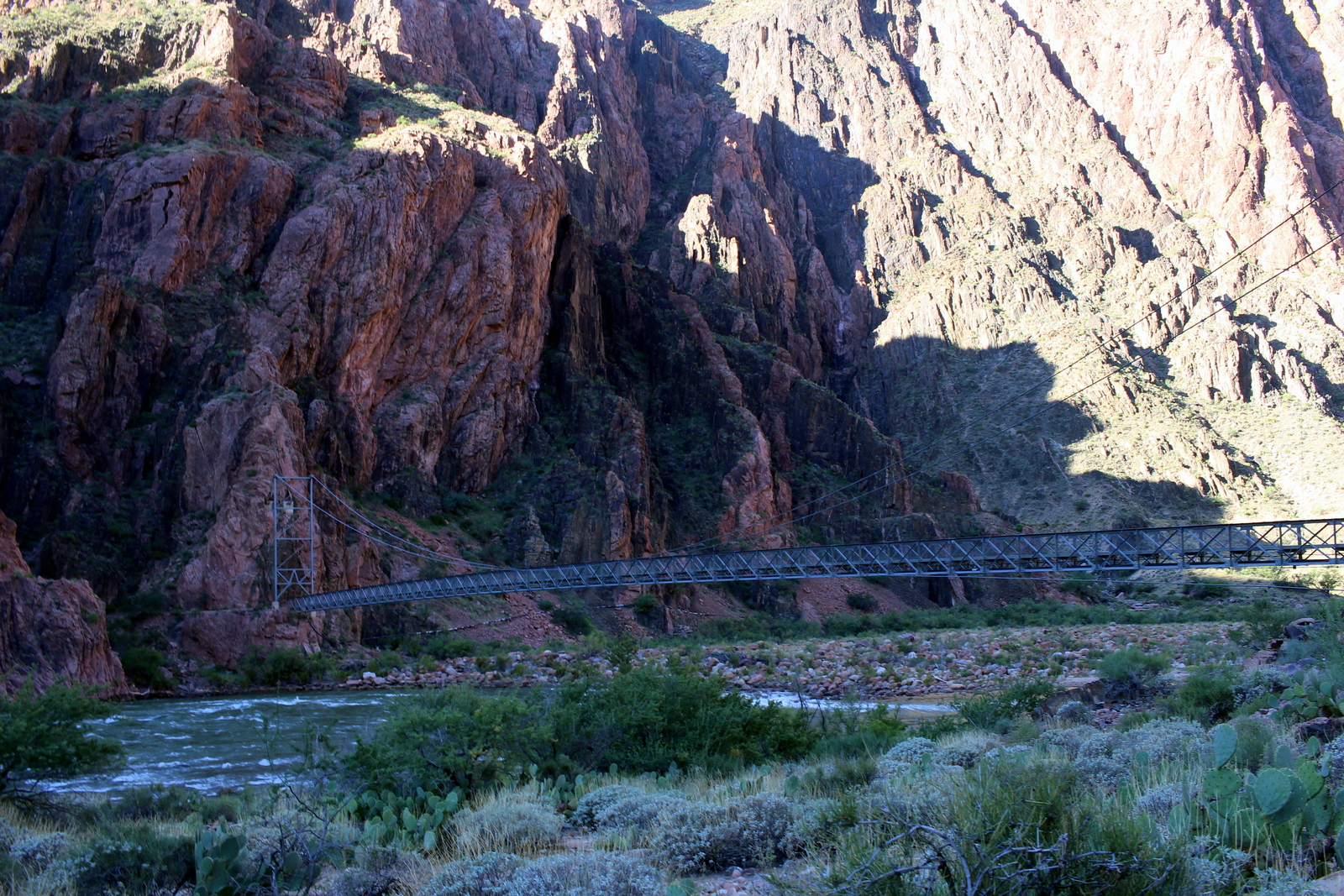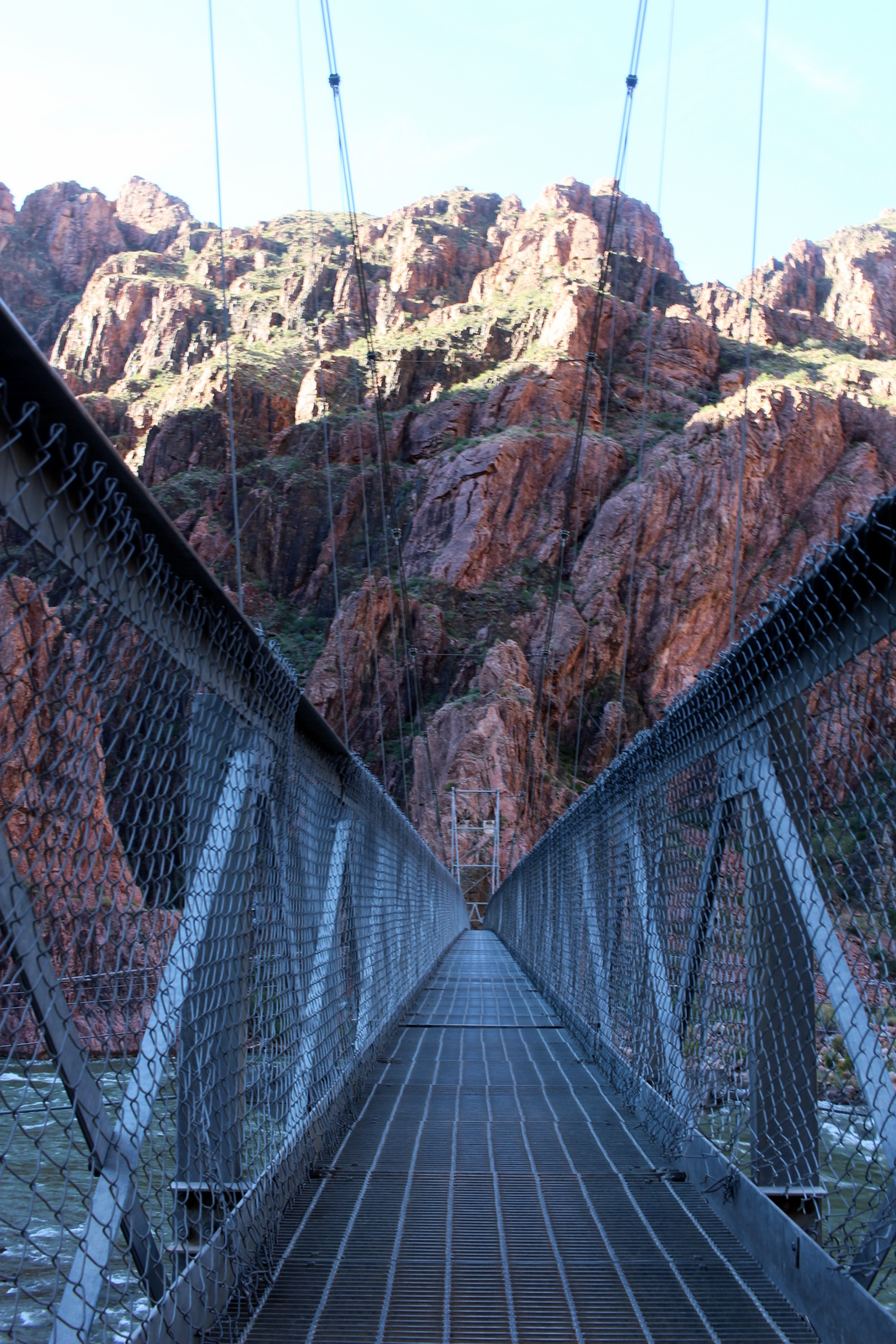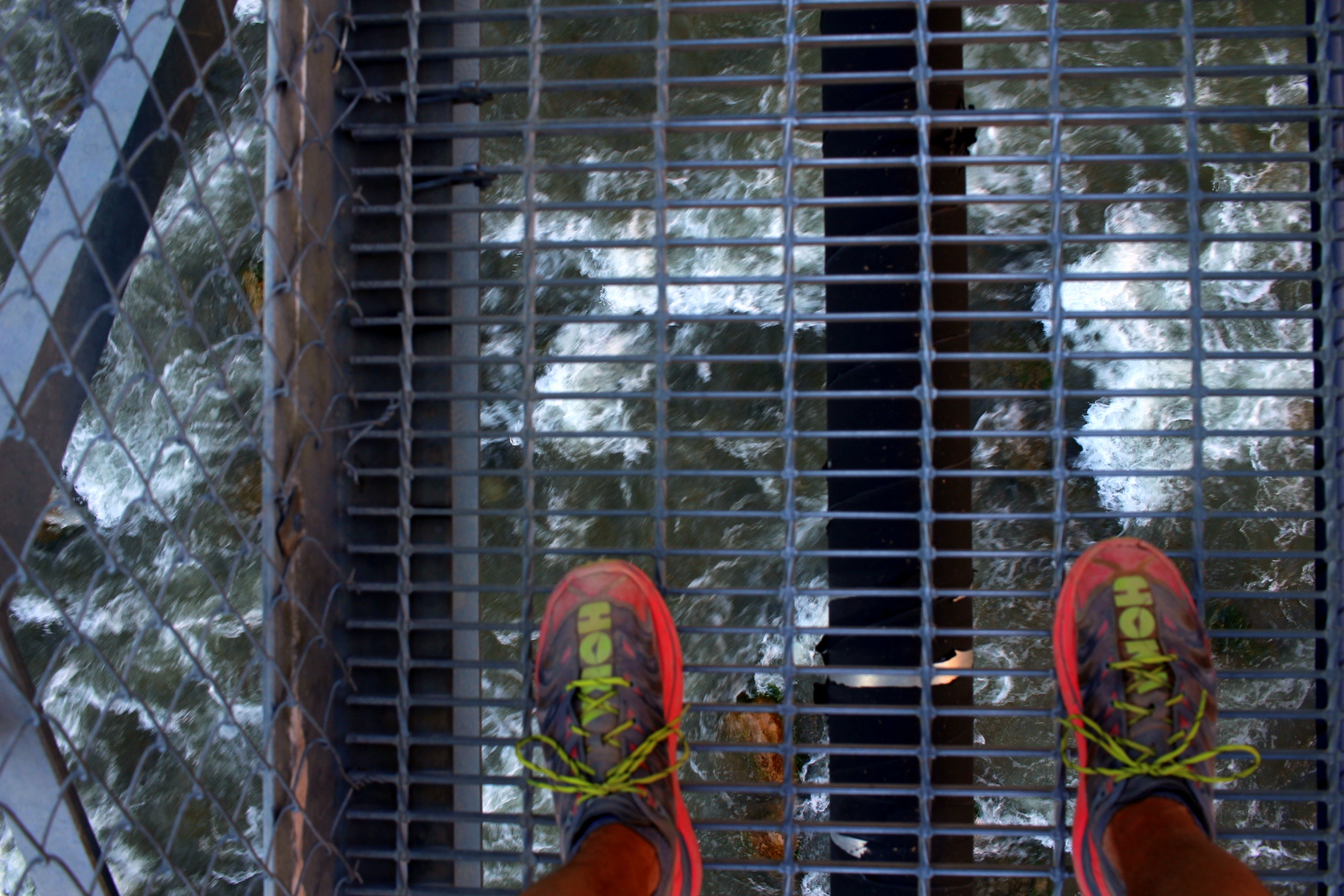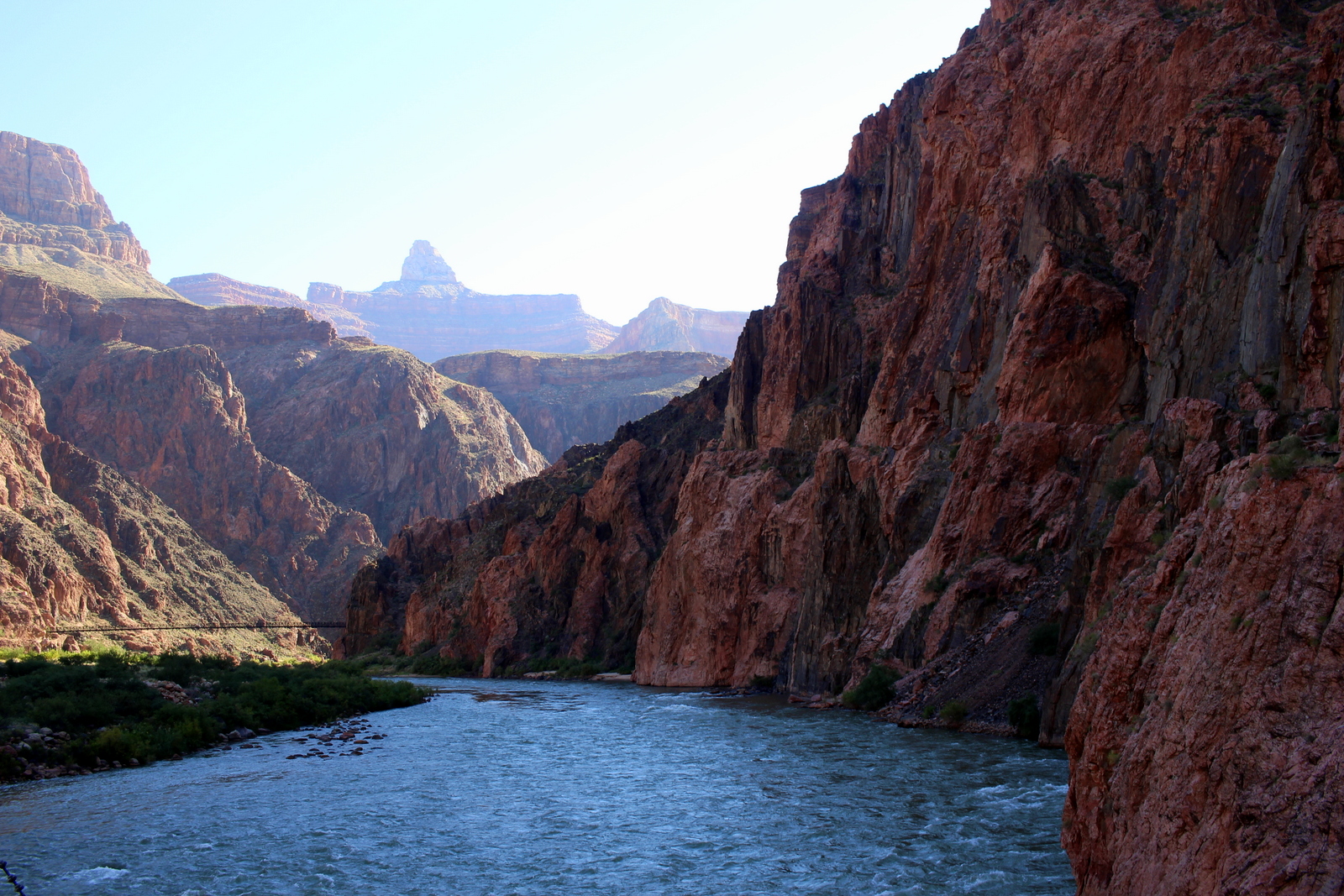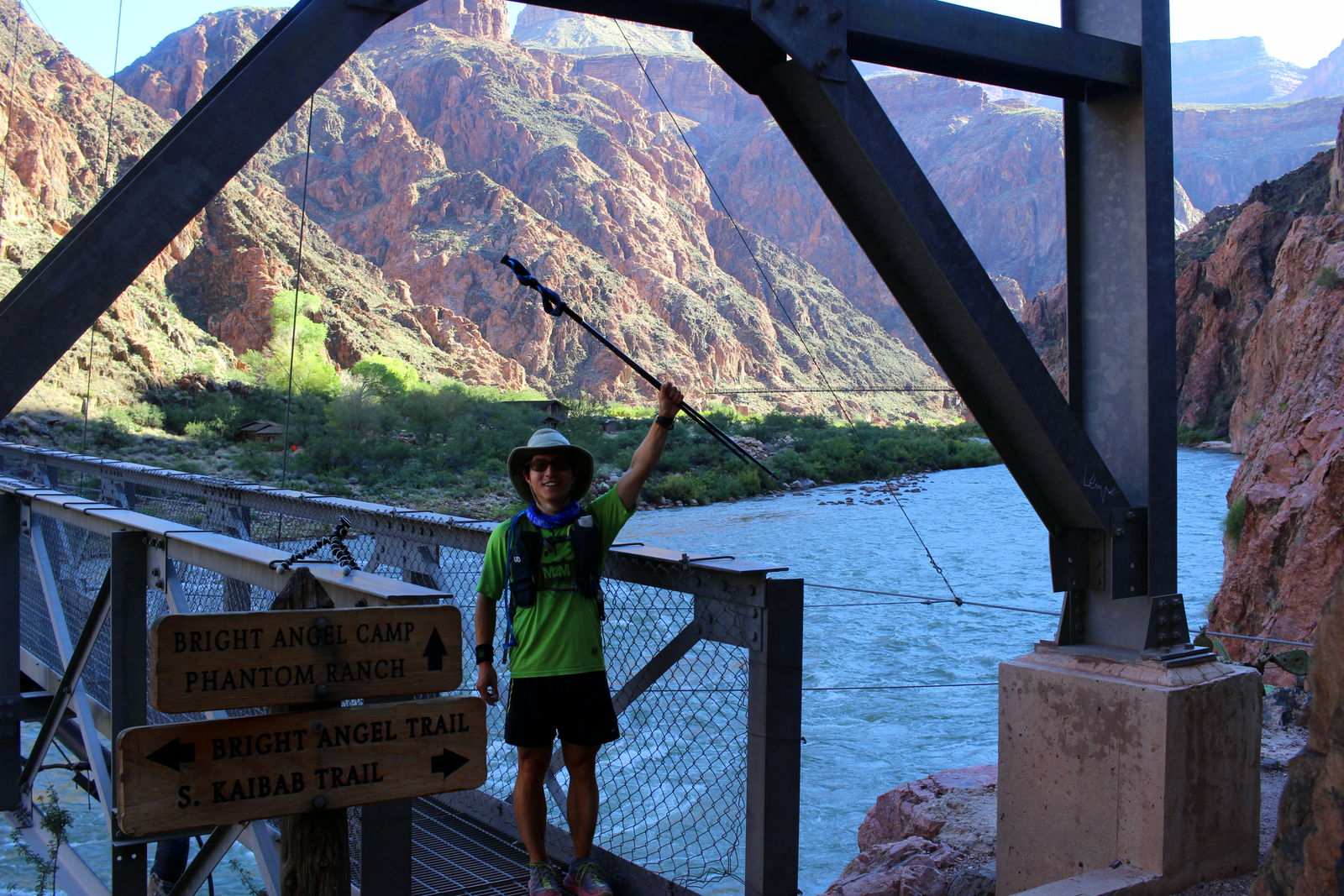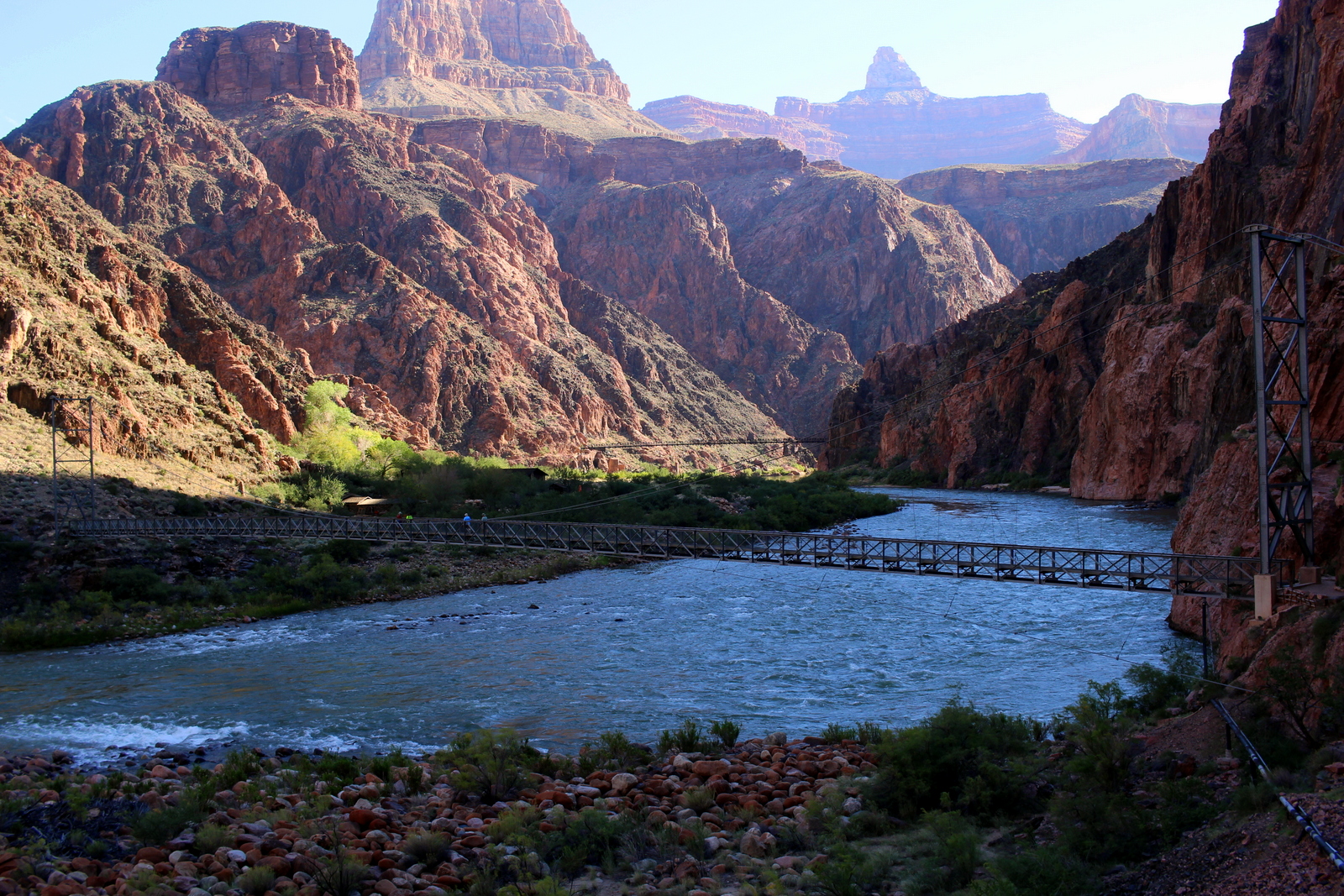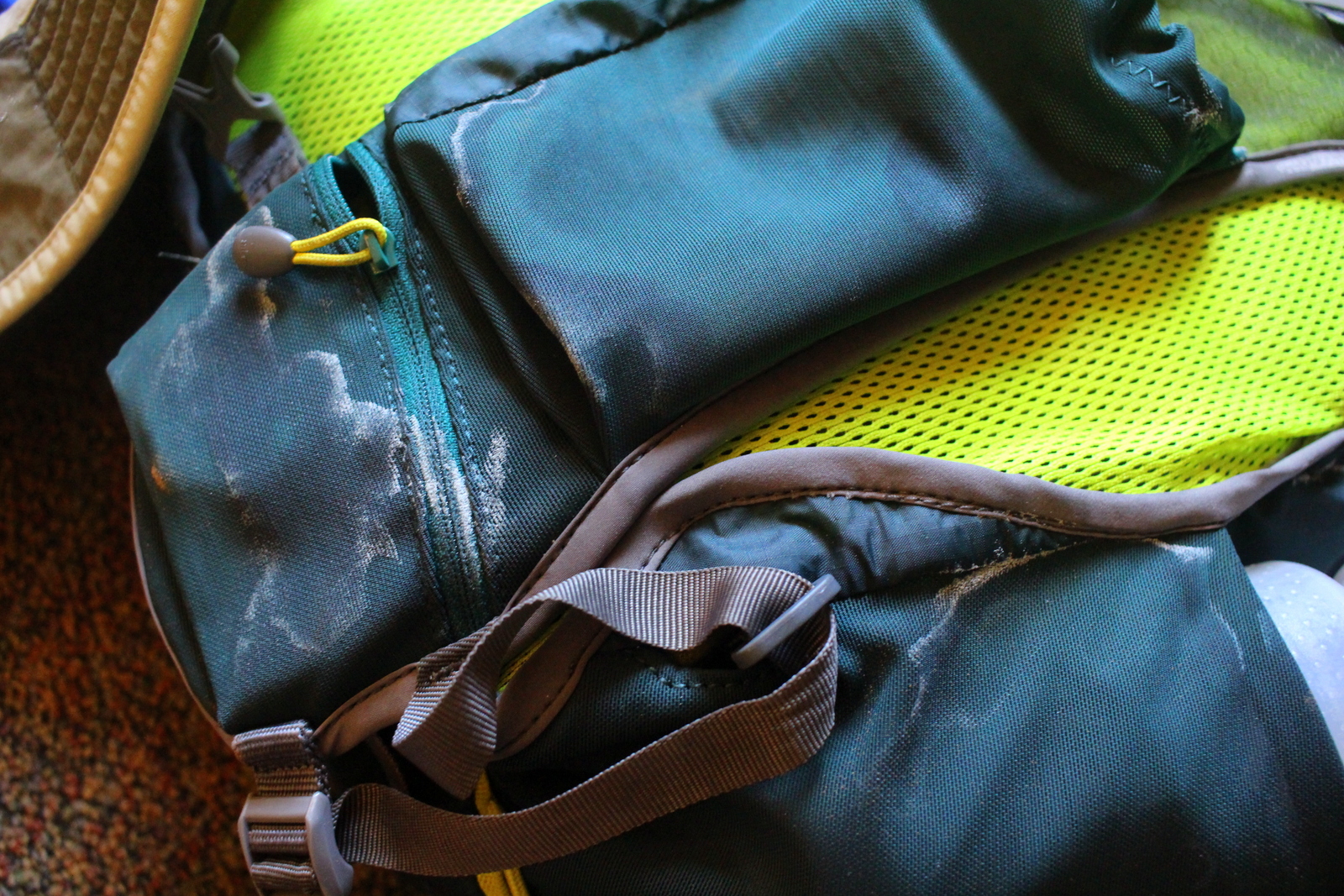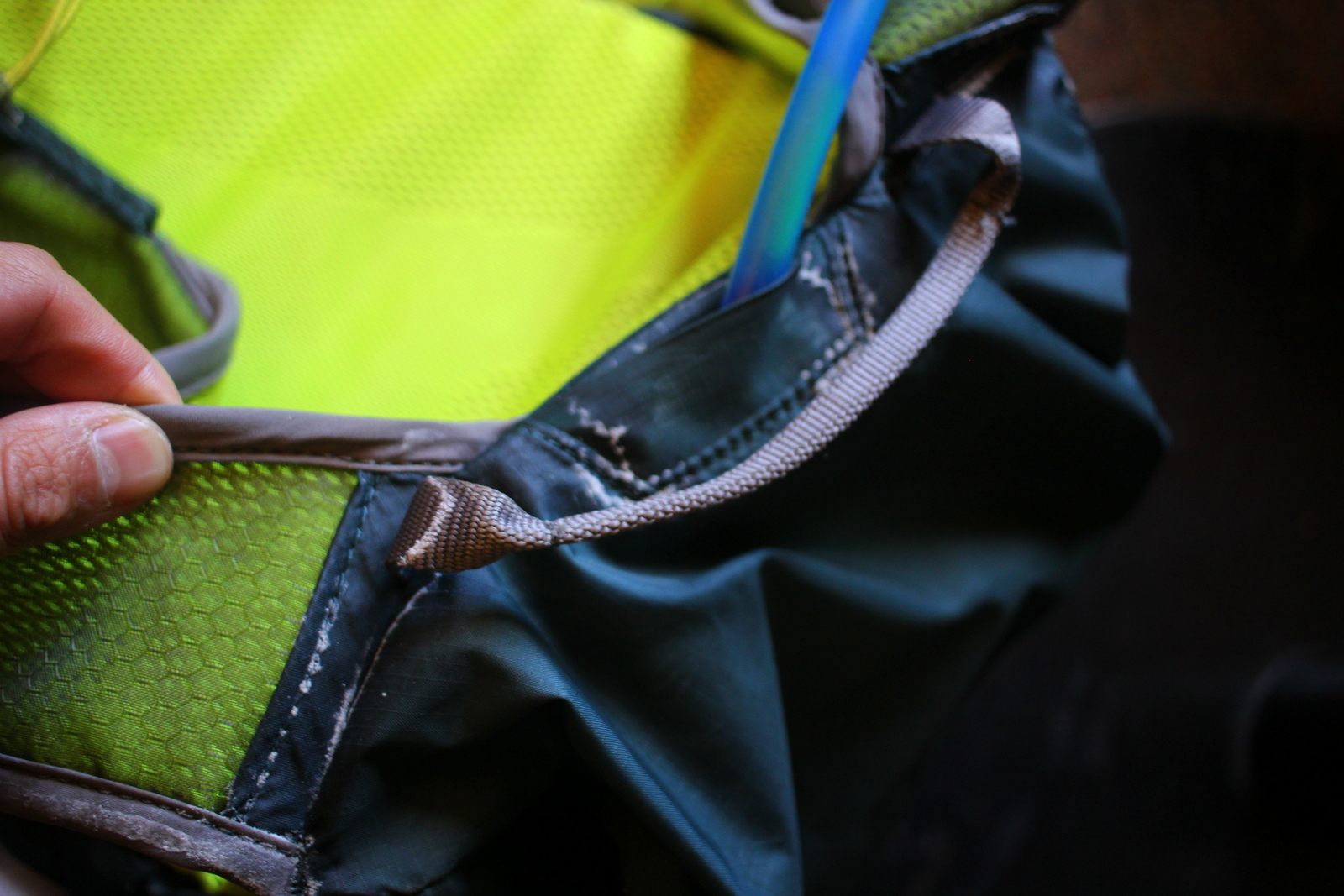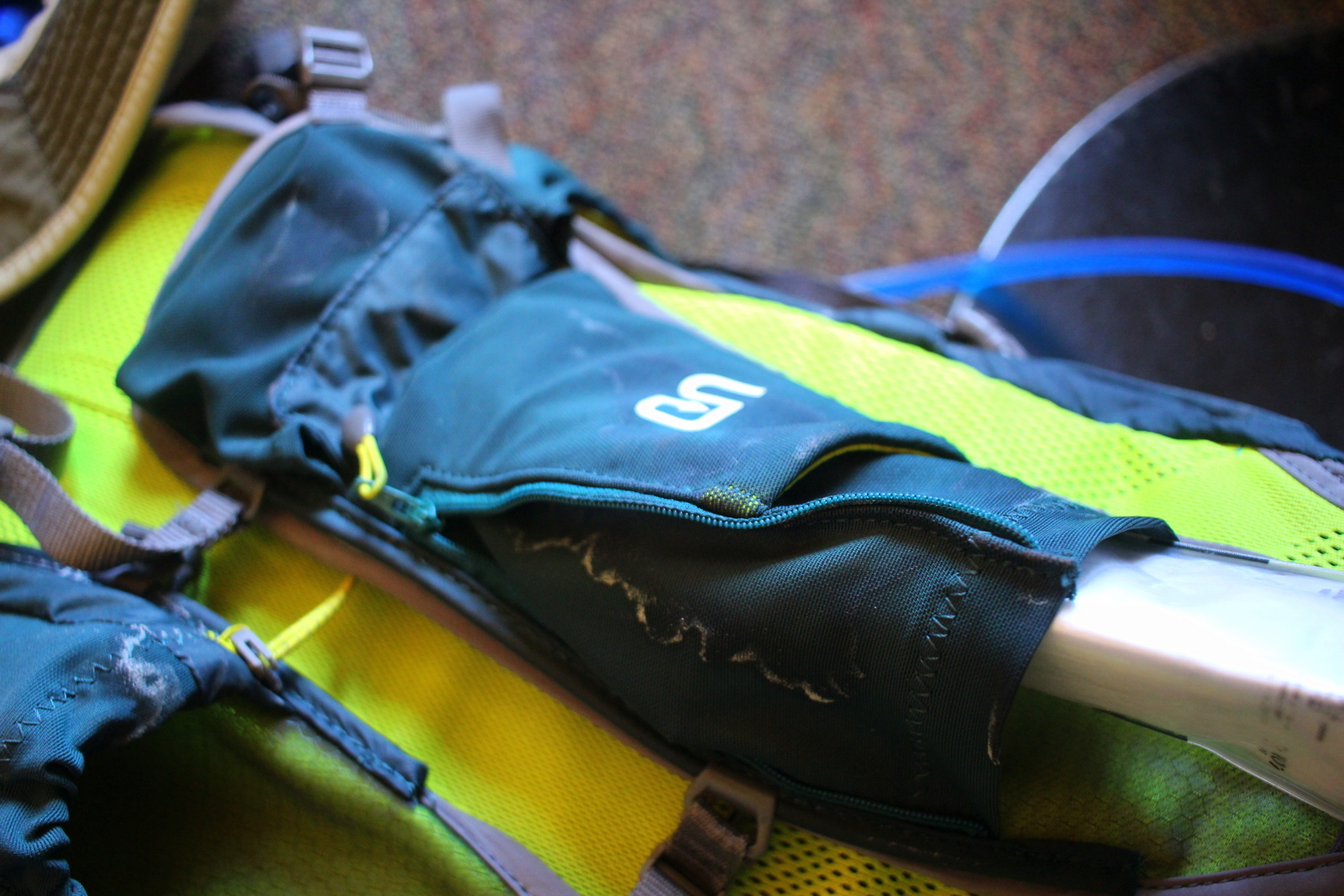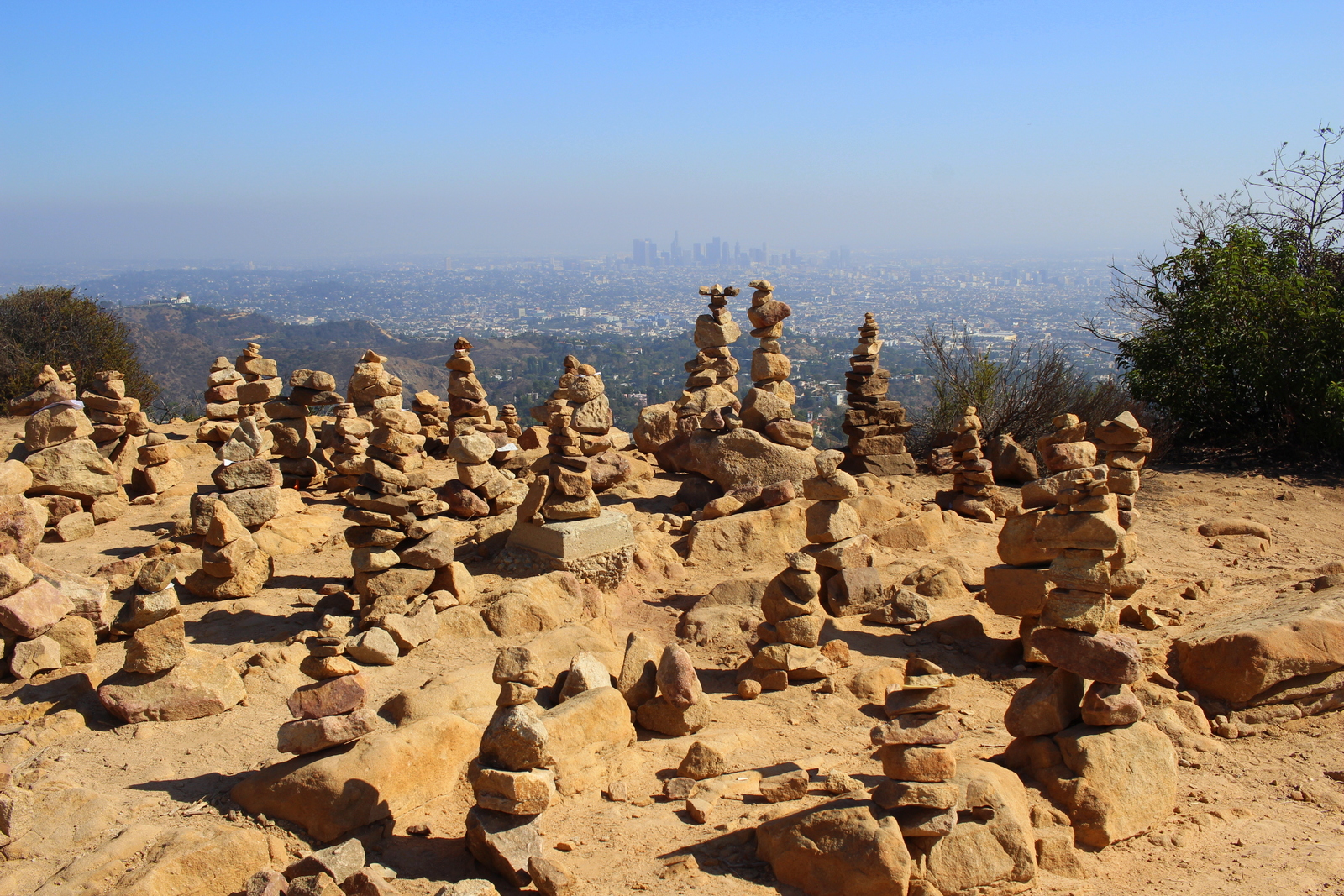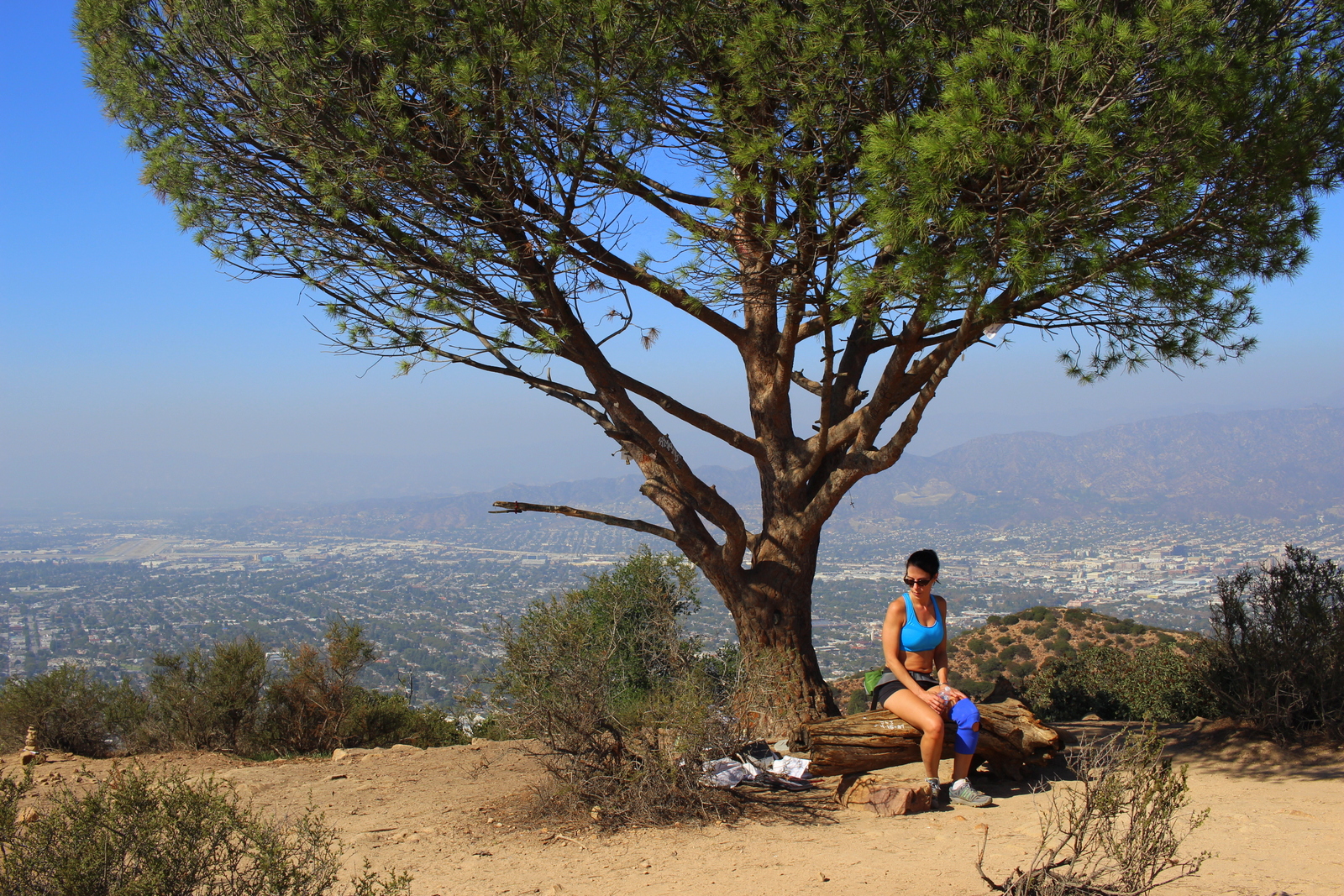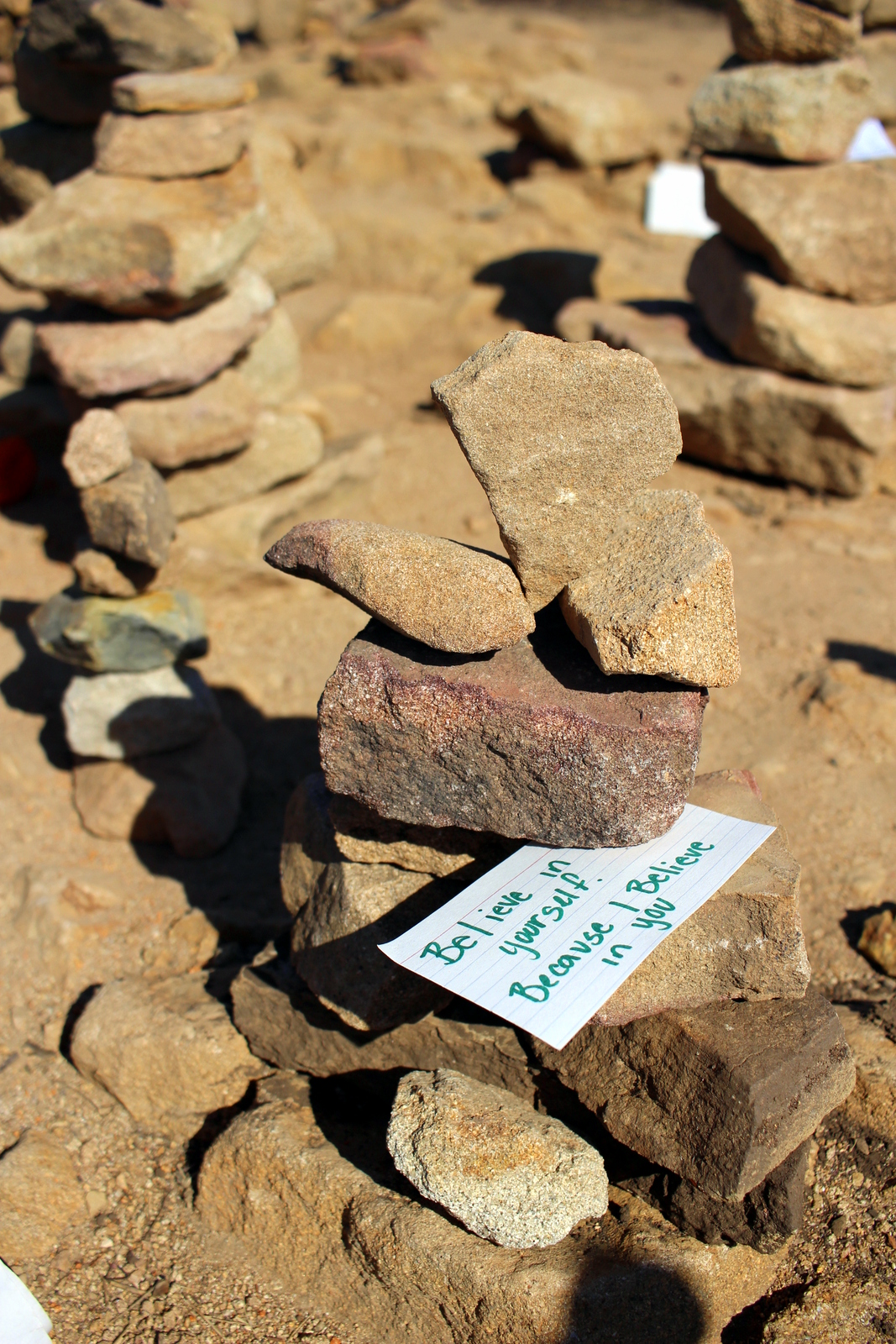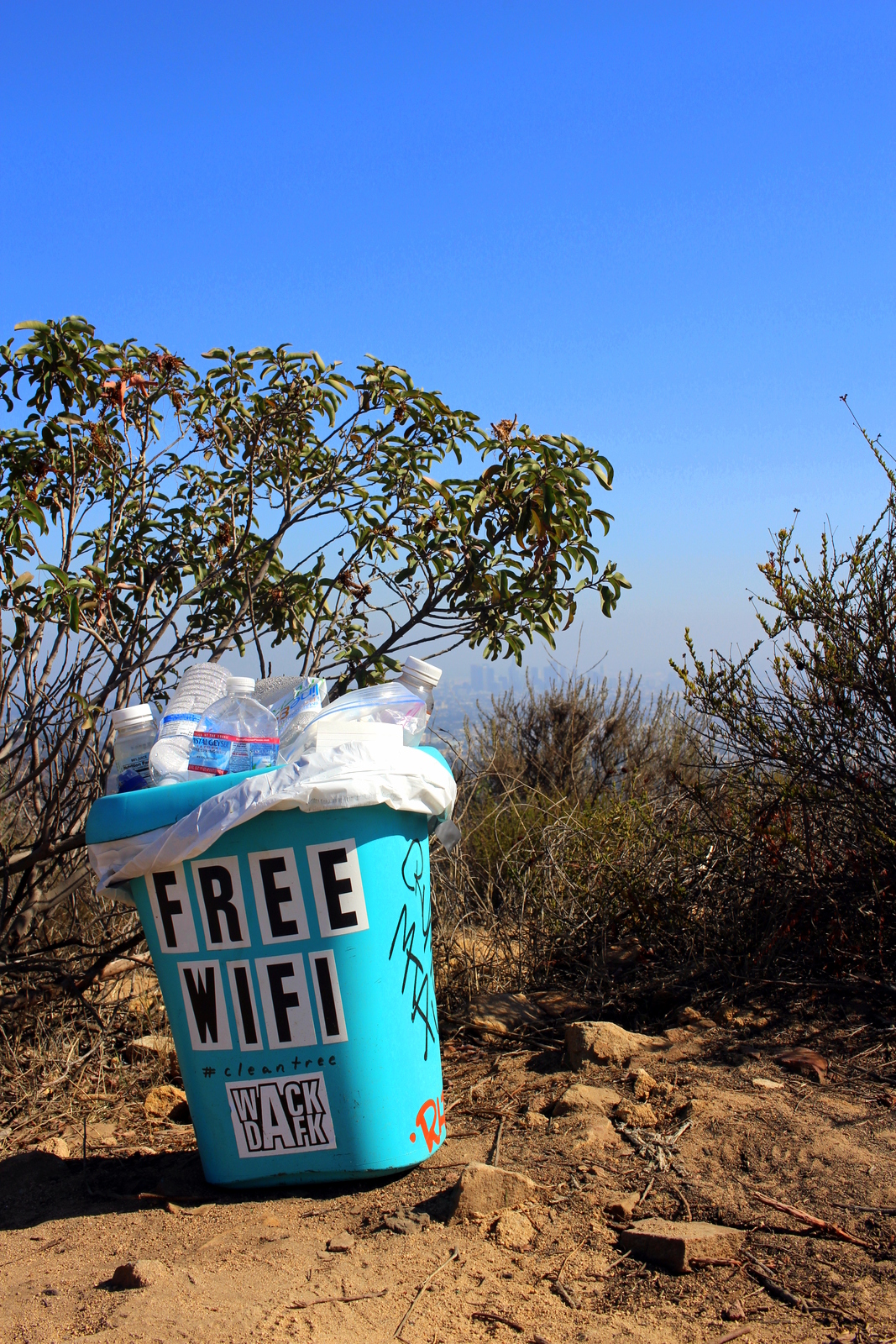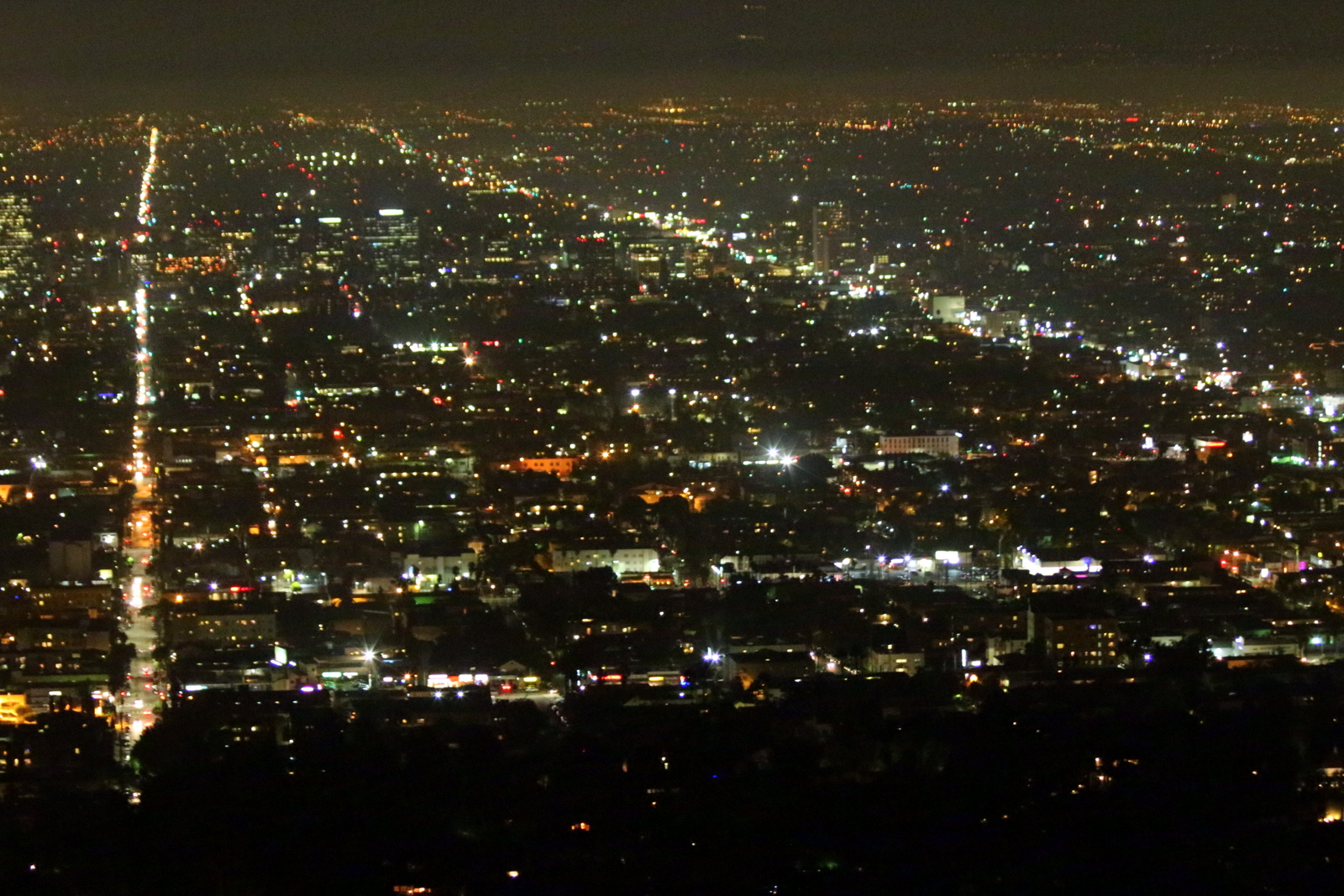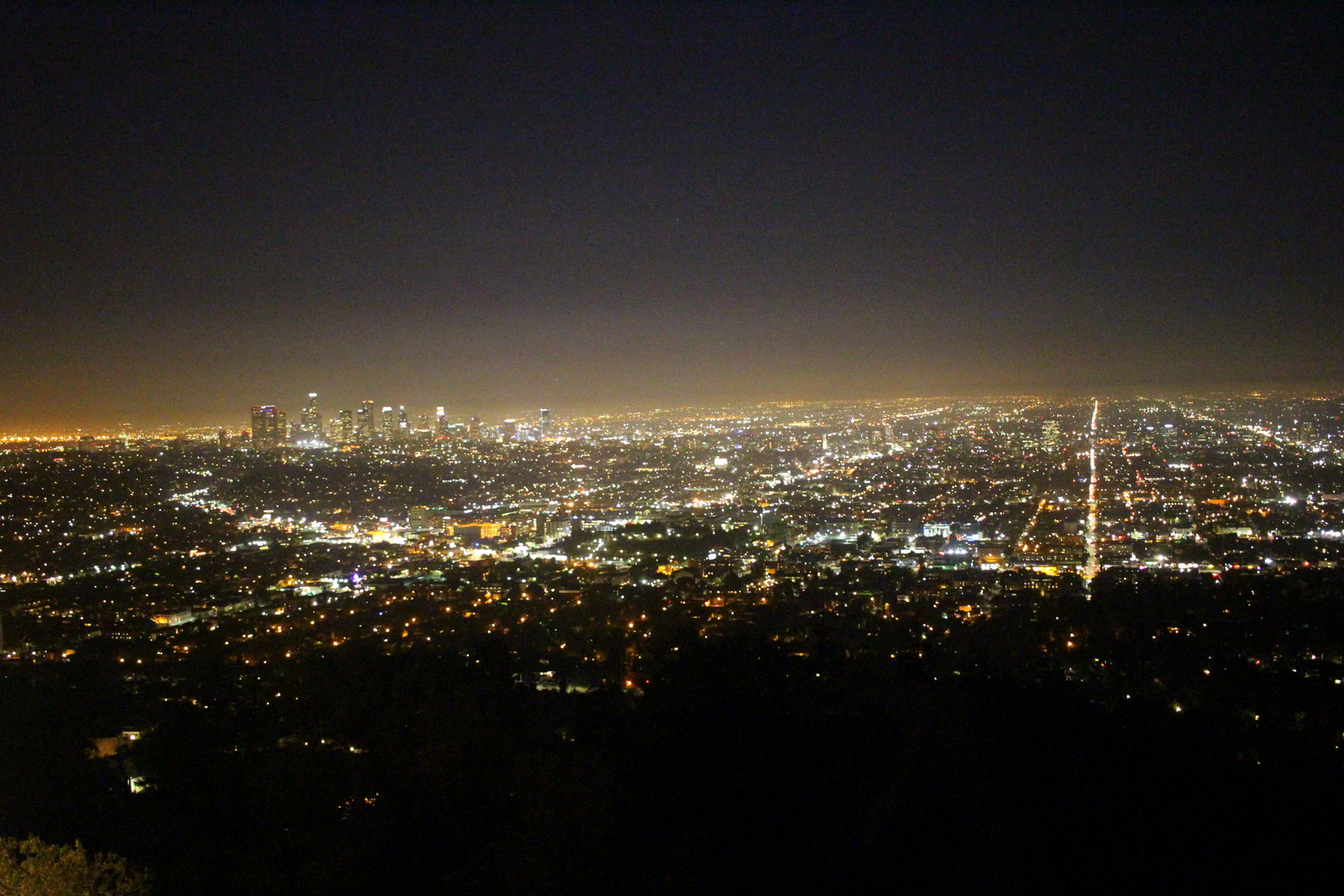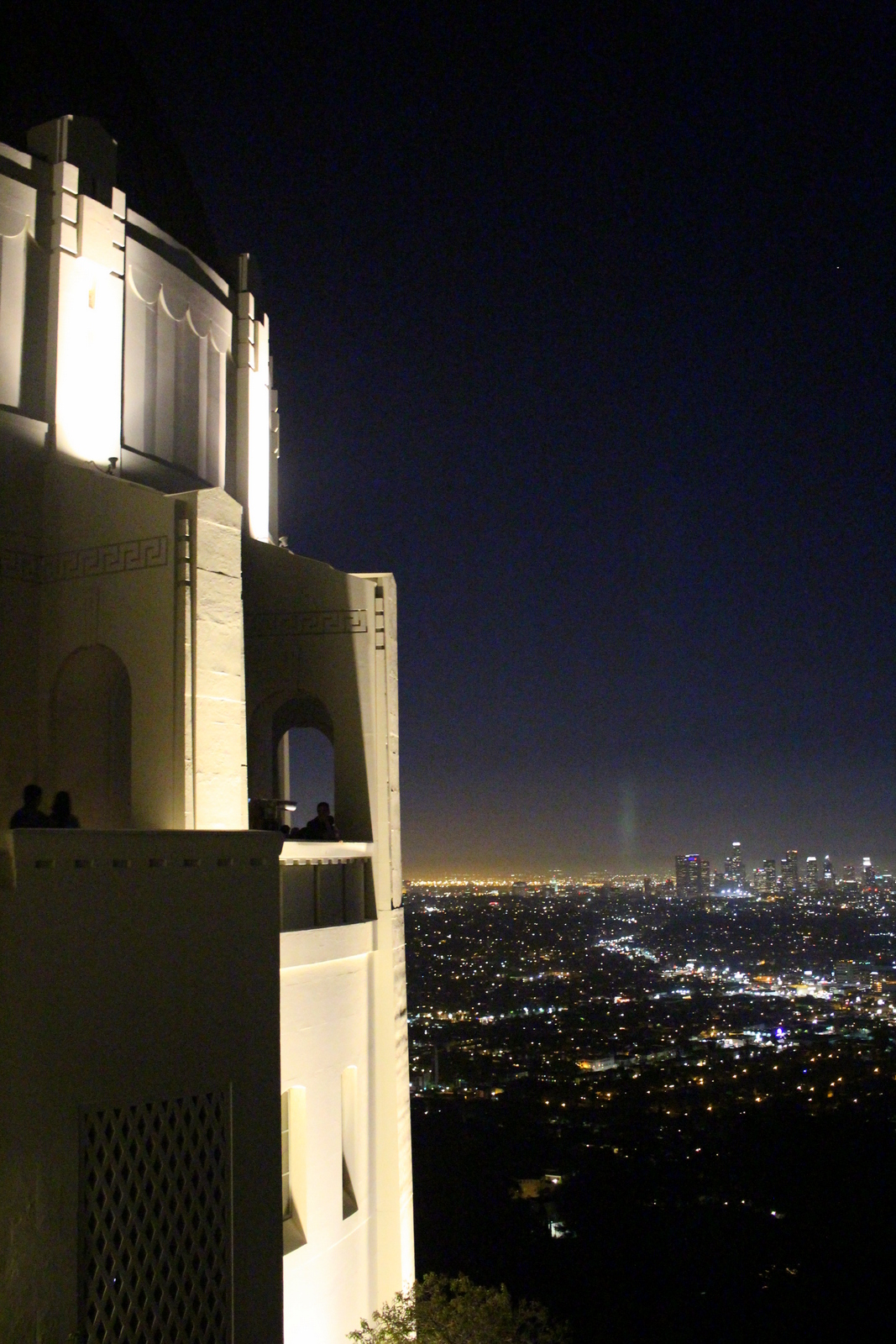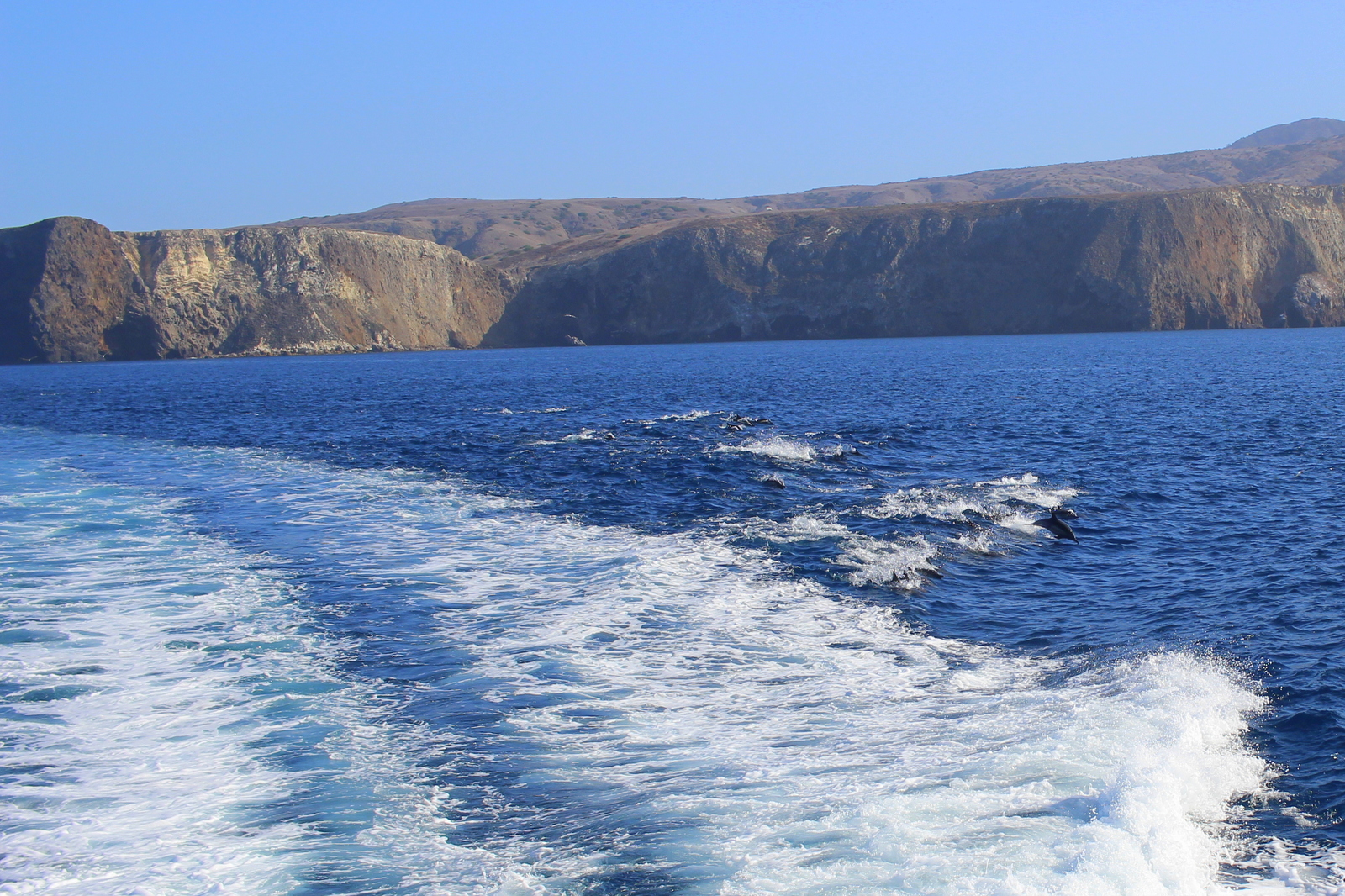Running the Rim-to-Rim in the Grand Canyon was not the longest, or the hardest, run I've ever done, but it was the most epic. (Remind me that I need to define what I mean by "epic", a word I've thrown around all summer but haven't fleshed out.) Maybe a narrative of my day will shed some light on why I say this.
I rose at 3:30 a.m. My goal was to be on the trailhead at some time between 4:30 and 5:00 a.m. I had to be on the South Rim by 1:30 p.m., because that was when the last Transcanyon Shuttle was departing back for the North Rim. If I missed that, I would be stuck in my running clothes 220 miles away from my car and campsite (and, yes, the North Rim and the South Rim are that far away by car!). I anticipated taking between 6 and 7 hours, but wanted to budget in even more time just to be safe. After all, strange things can happen in the canyon.
I expected to be the only person up at the ungodly hour of 3:30 a.m., but I was surprised to see several campsites with flashing headlamps. I guess it wasn't that surprising--there are day hikers who start the previous morning and finish after midnight, and there are other R2R runners like me. In fact, the ranger in the backcountry office had mentioned that on a pleasant weekend day, the NPS estimates that roughly 1,000 R2R runners hit the trails. Apparently, the number of R2R runners has grown rapidly--so rapidly that the NPS is tinkering with a permit system, something that has already been implemented for large-group runs.
I immediately set to making a hearty breakfast. I pulled out the big guns today--chocolate chip Birch Bender pancakes. These things are insanely delicious, and also pack a caloric punch. I also sipped a bottle of Tailwind, another crucial ingredient to my nutrition plan. I went to the bathroom, too. This, as before every big run I do, was a huge relief. At 4:15 a.m., just as I'd planned, I was ready to head to the trailhead.
I drove over about a mile to the North Kaibab trailhead. This was the sole route down into the canyon from the North Rim. On the other side, however, there were two routes up to the South Rim, the South Kaibab and the Bright Angel trails. I planned to take the Bright Angel trail, even though it was longer, because it, unlike the North Kaibab, had water spigots along the route. I wasn't going to risk climbing 7 miles out of a canyon, and after having already run 14 miles down to the river, without the opportunity to fill up water. All told, I'd be running 23.4 miles according to the map. Of course, one can never truly follow the trail at all times. Additional distance gets added here and there. I was anticipating a 24-mile day.
At the trailhead, I made last-minute clothing choices. At the campground, it was in the mid-50s. Here, however, it was even colder, probably the high 40s. In fact, I was already starting to shiver. I didn't want to carry too much, if any, cold weather gear, but I decided I'd begin wearing gloves and my rain shell. The water-resistant shell provided just enough protection from the whooshing wind to stop my shivers. I'd also packed a space blanket, just in case it got really really cold. I was now ready to set off!
But I immediately encountered a problem I hadn't expected: I couldn't find the trail. It was still dark, and I couldn't see any signs or posts indicating where the trail began. I followed what looked like railings and almost headed down what looked to be the trail until I realized that it was labeled something else. I turned around and followed the same railings to the other end. It ended and the trail descended, and I with it. I was now on the North Kaibab, dropping into the Grand Canyon.
The initial miles were surprisingly slow. I'd already been planning to take it very easy going down to the bottom of the canyon. I didn't want to blow out my quads on the steep descent. I also didn't want to risk falling off the edge in the dark. Even with these two factors in mind, I moved at a snail's pace. I didn't realize just how difficult it was to navigate a bumpy, rocky, sandy trail in very low light. I wasn't able to use my peripheral vision to discern the obstacles ahead of me. I also had trouble perceiving the variations in depth due to the undulating trail. As a result, I stumbled frequently. Thankfully, I'd brought my trusty trekking poles. Any time I stumbled, I put my pole down to regain balance.
At 5:05 a.m., I realized I'd descended a good bit already. I could see the faint outline of the opposite wall of the side canyon I was descending. With the moonlight, and a 10-second exposure, I captured it.






















































































































































































































































